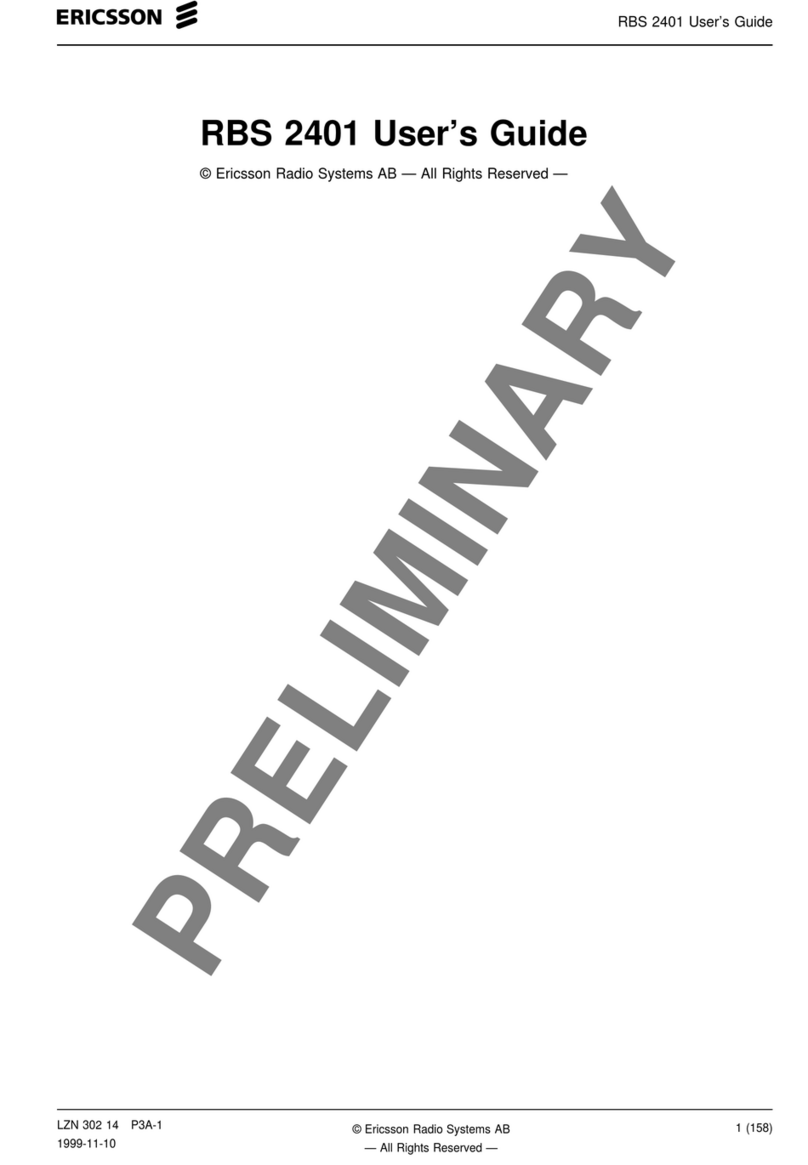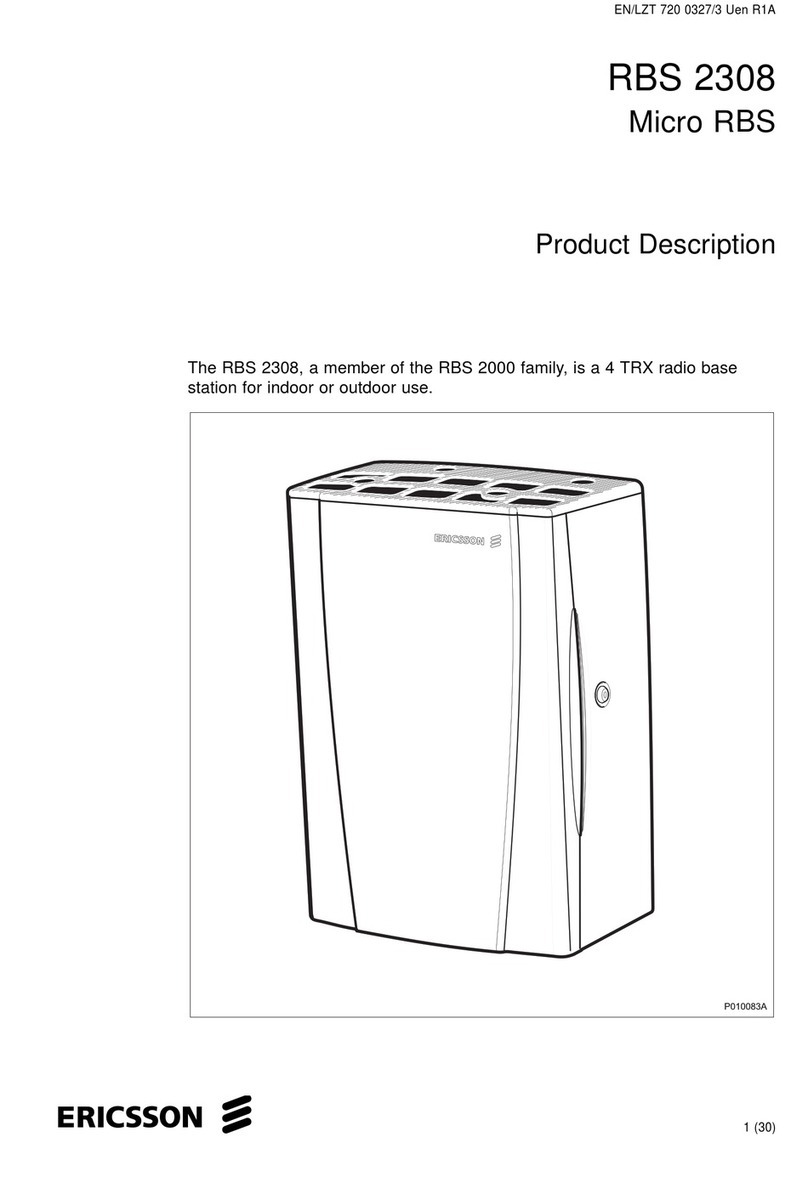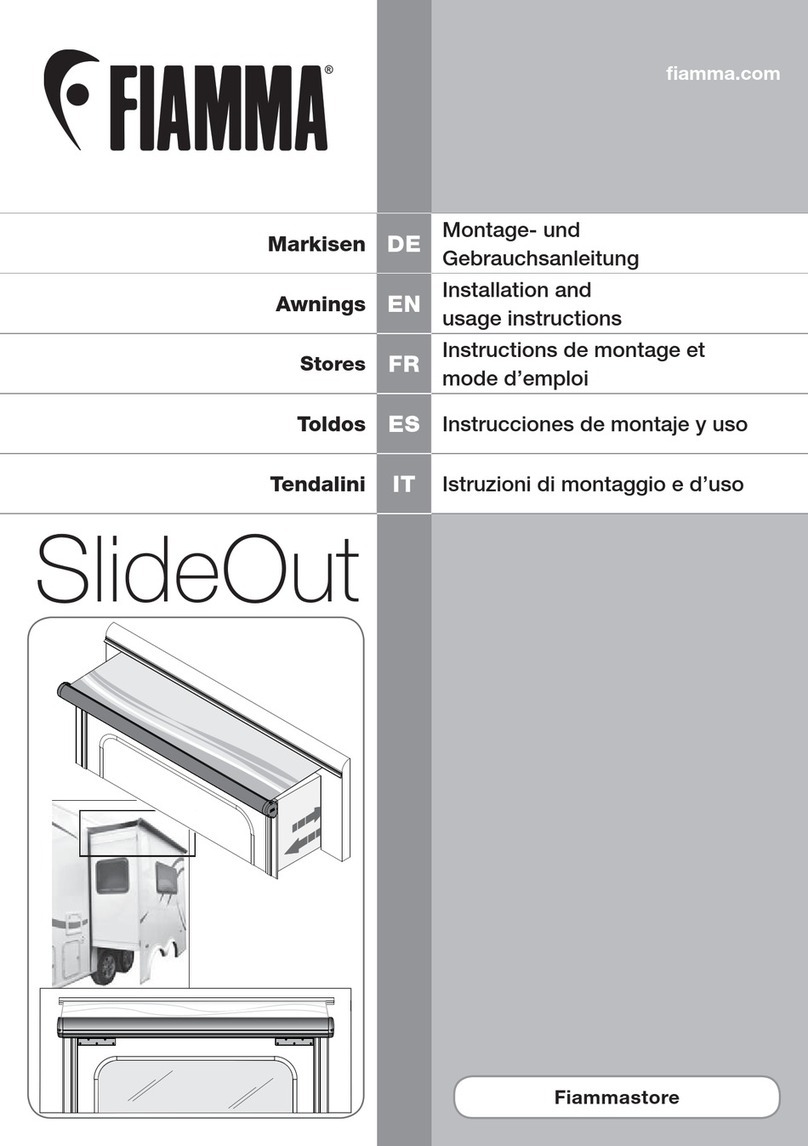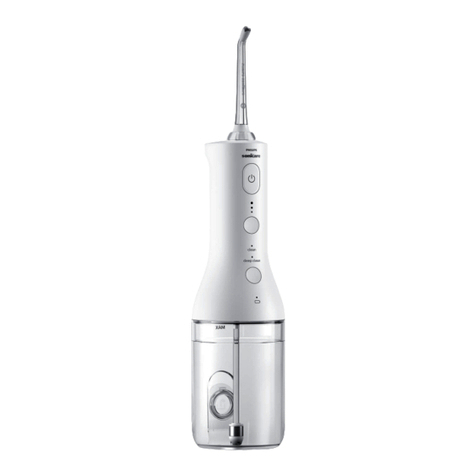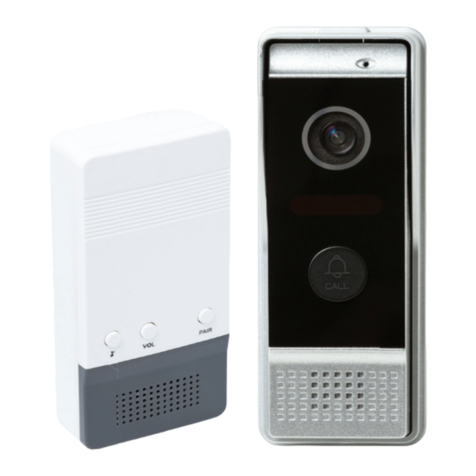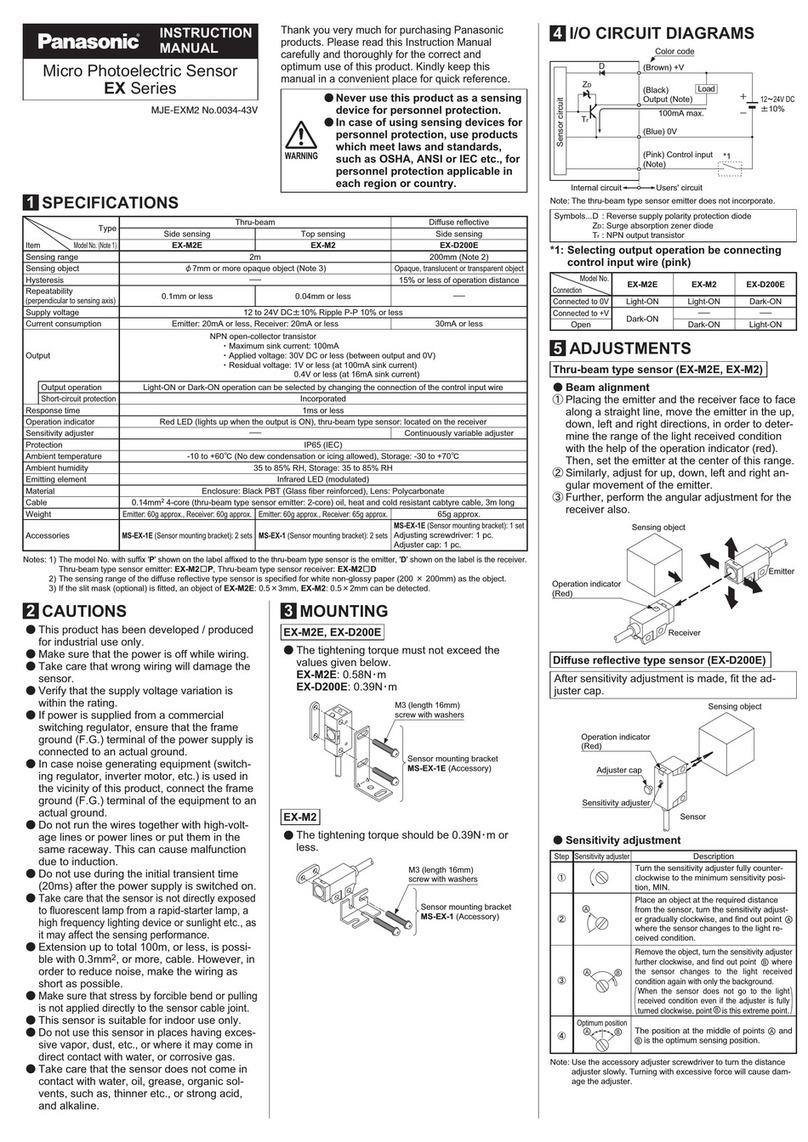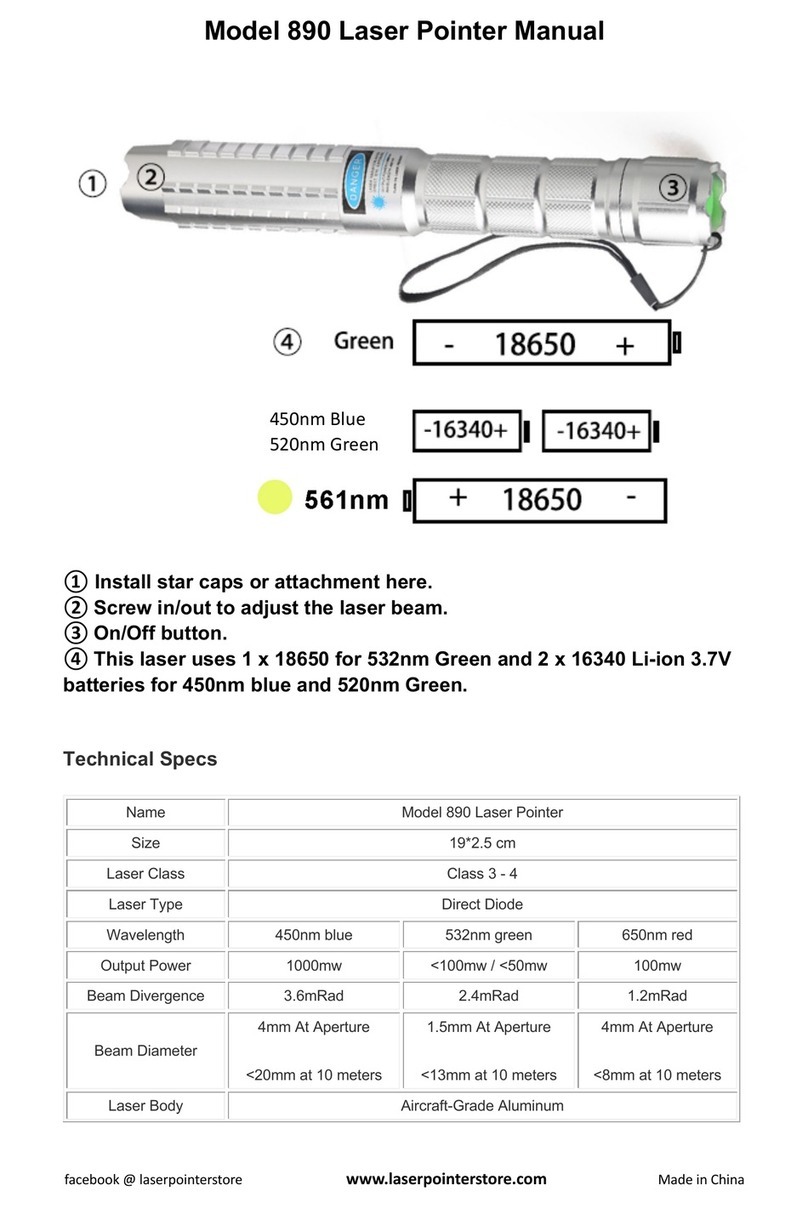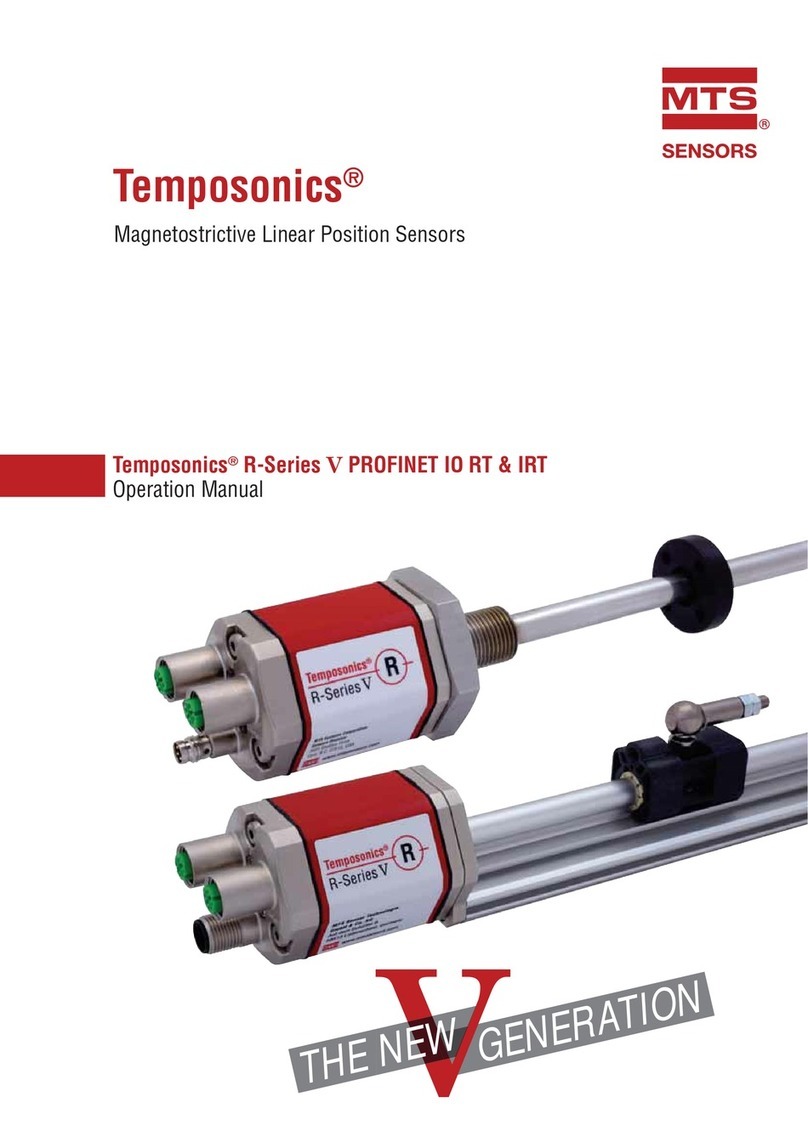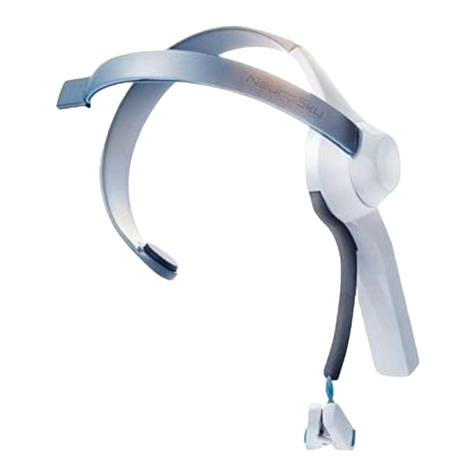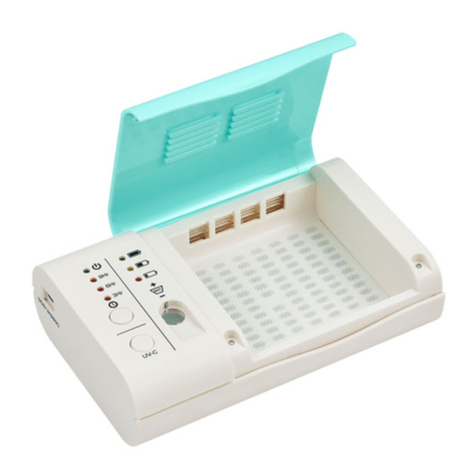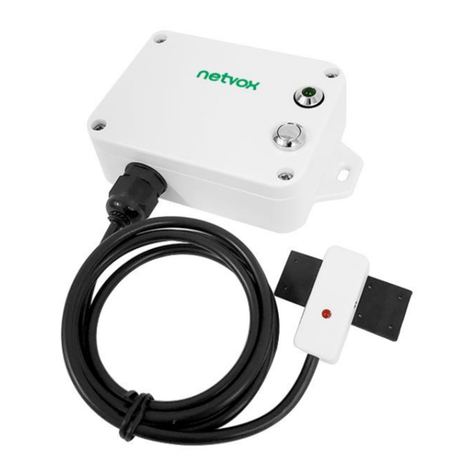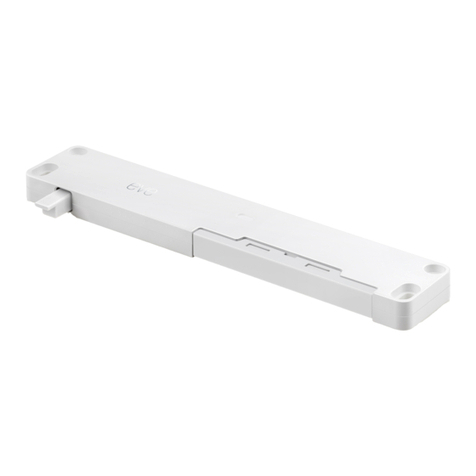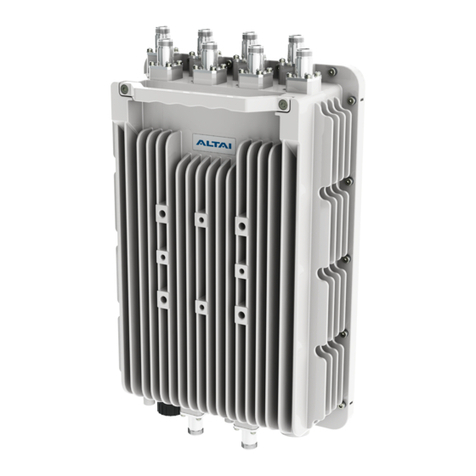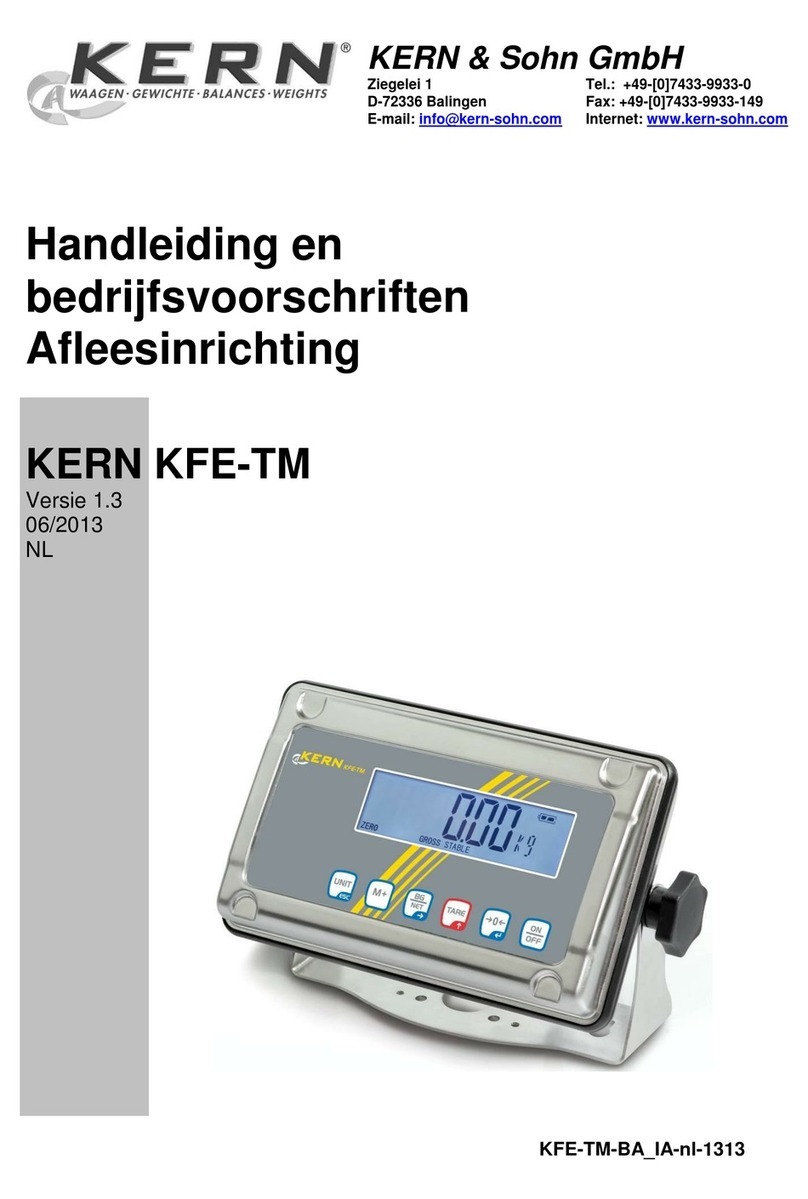Ericsson MASTR II Manual

LBI-31899F
DESCRIPTION AND MAINTENANCE
MASTR®II BASE STATION COMBINATIONS
TABLE OF CONTENTS
Page
SPECIFICATIONS . . . . . . . . . . . . . . . . . . . . . . . . . . . . . . . . . . . . . . . . . . . . 1
FCC FILING NUMBERS . . . . . . . . . . . . . . . . . . . . . . . . . . . . . . . . . . . . . . . . 1
COMBINATION NOMENCLATURE . . . . . . . . . . . . . . . . . . . . . . . . . . . . . . . . . 1
DESCRIPTION . . . . . . . . . . . . . . . . . . . . . . . . . . . . . . . . . . . . . . . . . . . . . . 2
SYSTEM DESCRIPTION . . . . . . . . . . . . . . . . . . . . . . . . . . . . . . . . . . . . . . . . 2
Receiver . . . . . . . . . . . . . . . . . . . . . . . . . . . . . . . . . . . . . . . . . . . . . . . . 2
Transmitter . . . . . . . . . . . . . . . . . . . . . . . . . . . . . . . . . . . . . . . . . . . . . . 2
System Board A1 . . . . . . . . . . . . . . . . . . . . . . . . . . . . . . . . . . . . . . . . . . . 2
DC Remote Control . . . . . . . . . . . . . . . . . . . . . . . . . . . . . . . . . . . . . . . . . 3
Tone Remote Control . . . . . . . . . . . . . . . . . . . . . . . . . . . . . . . . . . . . . . . . 3
Channel Guard . . . . . . . . . . . . . . . . . . . . . . . . . . . . . . . . . . . . . . . . . . . . 3
INITIAL ADJUSTMENT . . . . . . . . . . . . . . . . . . . . . . . . . . . . . . . . . . . . . . . . 3
MAINTENANCE . . . . . . . . . . . . . . . . . . . . . . . . . . . . . . . . . . . . . . . . . . . . . 3
OUTLINE DIAGRAMS
System Board A901 . . . . . . . . . . . . . . . . . . . . . . . . . . . . . . . . . . . . . . . . . 5
Harness 19C320811 . . . . . . . . . . . . . . . . . . . . . . . . . . . . . . . . . . . . . . . . . 5
SCHEMATIC DIAGRAMS
System Board A901 W/Cable Interconnect . . . . . . . . . . . . . . . . . . . . . . . . . . . . . 6
STATION INTERCONNECT DIAGRAMS
System Block Diagram . . . . . . . . . . . . . . . . . . . . . . . . . . . . . . . . . . . . . . . . 4
Continuous Duty Station Harness Without Metering . . . . . . . . . . . . . . . . . . . . . . . 8
Continuous Duty Station Harness With Metering . . . . . . . . . . . . . . . . . . . . . . . . . 10
PARTS LIST
Continuous Duty Station Harness Without Metering . . . . . . . . . . . . . . . . . . . . . . . 7
Continuous Duty Station Harness With Metering . . . . . . . . . . . . . . . . . . . . . . . . . 7
MASTR II Station Radio Panel . . . . . . . . . . . . . . . . . . . . . . . . . . . . . . . . . . . 7
PRODUCTION CHANGES . . . . . . . . . . . . . . . . . . . . . . . . . . . . . . . . . . . . . . . 7
MECHANICAL PARTS BREAKDOWN
Radio Panel Front Door Assembly . . . . . . . . . . . . . . . . . . . . . . . . . . . . . . . . . 12
Transmitter Power Amplifier . . . . . . . . . . . . . . . . . . . . . . . . . . . . . . . . . . . . 13
Station Cabinets . . . . . . . . . . . . . . . . . . . . . . . . . . . . . . . . . . . . . . . . . . . 14-15
ILLUSTRATIONS
FIGURE 1 - Radio Panel Front Door . . . . . . . . . . . . . . . . . . . . . . . . . . . . . . . . . . 2
FIGURE 2 - Typical Station Assembly . . . . . . . . . . . . . . . . . . . . . . . . . . . . . . . . . 2
E
Ericsson Inc.
Private Radio Systems
Mountain View Road
Lynchburg, Virginia 24502
1-800-528-7711 (Outside USA, 804-528-7711) Printed in U.S.A.

Copyright © October 1987, General Electric Company
No one should be permitted to handle any portion of the equipment that is supplied with high voltage; or to connect any
external apparatus to the units while the units are supplied with power. KEEP AWAY FROM LIVE CIRCUITS.
High level RF energy in the transmitter Power Amplifier assembly can cause RF burns KEEP AWAY FROM THESE
CIRCUITS WHEN THE TRANSMITTER IS KEYED.
WARNING
SPECIFICATIONS*
EIA DIMENSIONS (H X W X D)
DESK MATE (30-INCH) 30-1/4" X 21-1/2" X 15.5"
DESK MATE (44-INCH) 44-1/4" X 21-1/2" X 15.5"
POLE MOUNT 45" X 21-l/2" X 21"
FLOOR MOUNT 69" X 23" X 21"
WEIGHT
DESK MATE (30-INCH) 160 lbs
DESK MATE (44-INCH) 180 lbs
POLE MOUNT 225 lbs
FLOOR MOUNT 290 lbs
INPUT VOLTAGE 121/242 VAC, 60 Hz Only (50 Hz Optional)
AC INPUT POWER
RF OUTPUT POWER TRANSMIT RECEIVE STANDBY
LOW BAND
100 WATTS 260 WATTS 105 WATTS 65 WATTS
HIGH BAND
40 WATTS 270 WATTS 75 WATTS 40 WATTS
110 WATTS 560 WATTS 105 WATTS 65 WATTS
UHF
40 WATTS 270 WATTS 75 WATTS 40 WATTS
100 WATTS 560 WATTS 105 WATTS 65 WATTS
TEMPERATURE RANGE -30° TO + 60°C (-22 to + 140 F)
* These specifications are intended primarily for the use of the serviceman. Refer to the appropriate Specification Sheet for the
complete specifications.
FCC FILING NUMBERS
MODEL SERIES FCC FILING NO. DUTY CYCLE POWER OUTPUT
LOW BAND
C74 KT-61-A CONTINUOUS 50 - 100 WATTS
HIGH BAND
C56 KT-47-J CONTINUOUS 10 - 40 WATTS
C76 KT-49-J CONTINUOUS 20 - 110 WATTS
UHF
C55 KT-55-K CONTINUOUS 1 - 40 WATTS
C75 KT-114-K CONTINUOUS 30 - 100 WATTS
(o) /CABINET/STYLE (1st Digit "D", "S", "P", or "V")
NOTE: FCC Filing number not relevant to equipment operating in the 406 - 420 MHz frequency range.
COMBINATION NOMENCLATURE
LBI-31899F
1

DESCRIPTION
The MASTR II radio station combinationsare designed for
either DC or Tone Remote Control or Repeater operation.
The station receiver is mounted on a shielded enclosure on
the radio panel front door, along with a receiver system
board which accommodates Channel Guard and other op-
tion boards. Jacks are provided on the system board for
plug-in interface with the options and control functions.
The transmitter exciter is located in a separate shielded
compartment on the radio panel front door. See Figure l.
The continuous duty transmitter power amplifier hinges
from the bottom of the radio housing. The PA assembly
consists of a frame mounted to a heat sink. A cover snaps
over the frame to form an RF-tight enclosure for the PA
board assembly.
Directly above the PA assembly is the station control shelf.
This shelf houses the Control Panel and the Mini Backplane
option S3MB01. The option cards used with the Control
Shelf are installed in the Mini-backplane housing. These
options include: Auxiliary Control, Auxiliary Receiver (DC
or Tone), and Scan functions. Refer to LBI-31877 for a
complete description of Mini Backplane option S3MB01.
Two front panels are used: one for all station applications
and one for repeater applications. A Front Panel is shown
in Figure 2. Typical Front Panel controls include the trans-
mit (TF1-TF4) and receive (RF1-RF4) frequency select,
REM PTT, Speaker, Auxiliary receiver, ICOM (Intercom)
and TEST switches, and the VOLUME Control. Indicators
include the TX (transmit), RPTR Disable, and Frequency
Select (F1-F4).
External control connections are made to TB1201 located
on the back of the Control Shelf.
The station power supply is connected to a 121 VAC power
source. Conversion from 121 VAC to 242 VAC is made by
jumperchangesonthebackof thepower supply frontpanel.
The input voltage is stepped down to 12 Volts by a ferro-
resonant transformer which provides line regulation of 2%
for a 20% primary change. A power switch, primary and
secondary fuses and two AC outlets are located on the front
panel. A high-current fuse is located on the back panel.
SYSTEM DESCRIPTION
RECEIVER
The station receiver consists of an oscillator/multiplier as-
sembly (OSC/MULT), RF Assembly, Mixer/IF Assembly
(MIF) andIF-Audio SquelchAssembly (IFAS).Inreceivers
with noise blankers, the noise blanker circuit replaces the
standard MIF board. Refer to the Receiver Maintenance
Manual for a complete description of the station receiver.
TRANSMITTER
The station transmitter consists of an exciter board assem-
bly and a power amplifier assembly. In continuous duty
transmitters, the PA assembly consists of a printed wiring
board mounted on a heat sink at the rear of the radio
housing. In intermittent duty stations, the heat sink assem-
blyisfastenedtotwosheetmetaladaptor plates which hinge
at the radio panel. Refer to the transmitter Maintenance
Manual for a complete description of the station transmit-
ters.
SYSTEM BOARD A1
The station System Board is located on the Radio Panel
Front Door and the receiver modules plug directly into the
board. Along the edge of the System Board are two connec-
tors which interconnect with the Remote Control Shelf and
Power-Supply. Plug-in Channel Guard and Carrier Control
~ Timer option jacks are provided. A metering jack is
provided for accommodating the General Electric Model
4EX3A11 Test Set. VOLUME Control R3 is located on the
System Board. SQUELCH Control R901 is located on the
Radio Panel Front Door.
A jumper is normally present between J933-4 and J933-8
in single-frequency transmit stations. A jumper is also pre-
sent between H47 and H48 on A901 in single-frequency
receive stations. In multiple-frequency receive stations, se-
lecting a particular receive frequency at the remote control
unit applies a ground to the particular pin at J931 corre-
sponding to the frequency selected. The ground is then
connected via the System Board printed wiring to the re-
ceiver. OSC/MULT to select the desired oscillator.
VOLUME/SQUELCH from the receiver Audio PreAmp is
connected via J904-12 to the VOLUME (R3) and
SQUELCH (R901) controls. The VOLUME arm isreturned
to the receiver IFAS Board where the signal is amplified by
the receiver audio power amplifier circuit. The audio output
of the PA is then connected to the speaker leads at J904-18
& 19. The station VOLUME control (R3) is normally ad-
justed for 1-watt output and the station speaker level is
controlled by the service speaker VOLUME control.
Figure 1 - Radio Panel Front Door
Figure 2 - Typical Station Assembly
LBI-31899F
2

DC REMOTE CONTROL
In DC Remote Control Systems, DC currents are selectively
applied to a telephone pair at a remote control console to set
the system operating characteristics. Items that are controlled
by the DC Remote Control system include selecting the num-
ber of channels, scan option, Channel Guard Disable, Re-
peater Disable, and Auxiliary Receiver. In some cases
combinations of the above may be selected. Refer to the
Control Panel Manual for details.
TONE REMOTE CONTROL
Up to 13 functions may be controlled in the Tone Remote
Control system. This is accomplished by applying the speci-
fied tone frequency at the prescribed level to the transmission
medium at a remote control console for detection by the Tone
Remote Control system on the Control Shelf. The controlled
functions include transmitter/receiver selection, Rx Channel
Guard Disable, Channel Guard or Repeater Enable/Disable,
Auxiliary function on/off, repeater enable, scan or sim. moni-
tor or repeater disable, and Tx hold. Refer to the Maintenance
Manual for the Control Shelf for a complete description of the
system.
CHANNEL GUARD
In stations equipped with Channel Guard, the Channel Guard
Board is plugged into the System Board at P908 and P909.
Each MASTR II receiver is equipped with a tone reject filter
to prevent the CG tone from being heard in the speaker. In
addition, all transmitters are provided with a Channel Guard
Modulation control which is adjusted for proper deviation.
Channel Guard is a continuous tone controlled squelch system
that provides communications control in accordance with EIA
standard RS-220. The system utilizes standard tone frequen-
cies from 721.9 to 203.5 Hz with both the encoder and oper-
ating on the same frequency. The STE circuit (Squelch Tail
Eliminator) employs a phase shift of approximately 180 de-
grees in the encode function to eliminate an undesirable noise
burst after each transmission.
The decoder operates in conjunction with the receiver to
inhibitallcallsthat are nottone coded withtheproper Channel
Guard tone frequency. The Volume/Squelch output of the
receiver is applied to the Channel Guard decoder at P908-1.
When the received signal is not properly coded with the CG
tone, a ground is supplied through P908-5 to mute the re-
ceiver. When a properly coded signal is received, the receiver
unsquelches and the desired signal is heard. In duplex combi-
nations, a separate encoder isused in the exciter anda separate
decoder is used in the receiver.
A Channel Guard Filter is used in the remote audio to attenu-
ate frequencies below 203.5 Hertz to prevent the Channel
Guard tone from being applied to the remote audio pair.
A repeater will not key in Channel Guard systems unless the
received signal is coded with the proper Channel Guard tone.
The CG MONITOR function when selected will not allow the
repeater to key on an encoded signal but will allow the
operator to hear all channel activity.
INITIAL ADJUSTMENT
After the MASTR II station has been installed as described in
the Installation Manual, the following adjust-ments should be
made by an authorized electronics technician before the sta-
tion is placed in service.
TEST EQUIPMENT REQUIRED
1. Deviation Monitor
2. Wattmeter, 50 ohms, rated power
3. RF Generator, (Station RF Frequencies)
4. AC Voltmeter
5. 30 dB Coupler
TRANSMITTER ADJUSTMENT
Transmitter adjustment includes measuring the forward and
reflected power and adjusting the antenna length for optimum
ratio, then setting the transmitter to the rated power output.
Next measure and record the frequency and modulation for
future reference. For complete transmitter adjustment proce-
dures, refer to the Alignment Procedure in the applicable radio
Maintenance Manual.
RECEIVER ADJUSTMENT
Initial adjustment of the receiver includes tuning the input
circuit to match the antenna, adjusting the station volume
control, and setting the station squelch control. Refer to the
FrontEnd Alignmentand AdjustmentProceduresintheMain-
tenance Manual.
STATION VOLUME (R3 on System Board)
1. Apply a 1000 microvolt on-frequency test signal modulated
by 1000 Hz with 3 kHz deviation to the receiver antenna
jack J937.
2. Turn service speaker switch (S1) to desired RCVR posi-
tion.
3. Connect an AC Voltmeter across J905 terminals 1 & 2
andadjustR3forareadingof6.3VoltsRMSonthemeter.
4. Set VOLUME switch S2 on the service speaker to the
desired listening level.
STATION SOUELCH (R901 on Receiver
Exciter Door)
1. Turn the SQUELCH control clockwise as far as possible.
2. Turn the SQUELCH control counterclockwise until the
noise just disappears, then advance the control (clock-
wise) another 20 degrees.
LOCAL CONTROL MODULATION
ADJUSTMENT
1. Apply a 1000 Hz, 1 VRMS signal across P3-2 (MIC HI)
and P3-1 (low). Connect a 0.5 microfarad (or larger) DC
blocking capacitor in series with the MIC HI lead, P3-2.
2. Set MOD ADJUST control R127 on the exciter for 4.5
kHz deviation as indicated on a frequency modulation
monitor.
3. Whiletalking in a normalvoice,atthestationmicrophone
adjust LOCAL TX MOD LEVEL R222 (Tone Panel) or
R46 (DC Panel) on the Control Panel for a deviation of 3
to 4 kHz as measured on the deviation monitor.
REPEATER CONTROL ADJUSTMENT
1. Apply a 1000 Hz, on frequency signal modulated with
1000 Hz tone at 3 kHz deviation to the station receiver.
2. Adjust TX MOD control R60 on the Control Panel for a
3.0 kHz deviation as indicated on the deviation monitor.
REMOTE CONTROL ADJUSTMENTS
Thetransmittermodulation gain,theremote audioinputand
line output must be adjusted before placing the station in
operation. Refer to the DC Remote Control or the Tone
Remote Control Maintenance Manual for these adjust-
ments.
REPEATER CONTROL ADJUSTMENT
The repeater drop out delay timing may be adjusted before
placing the station in operation. Refer to the MASTR II
Repeater Station Control Panel Maintenance Manual for
these adjustments.
MAINTENANCE
To insure high operating efficiency and to prevent mechani-
cal and electrical failures from interrupting system opera-
tion, routine checks should be made of all mechanical and
electrical parts at regular intervals. This preventive mainte-
nance should include the checks listed in the table of Main-
tenance Checks.
TEST AND TROUBLESHOOTING
PROCEDURES
The individual Maintenance Manuals for the transmitter
and receiver describe standard test procedures which the
technician can use to compare the actual performance of the
transmitter or receiver against the specifications of the unit
when shipped from the factory. In addition, specific trou-
bleshooting procedures are available to assist the technician
when servicing the transmitter and receiver.
Removing IC "s and other soldered-in components can be
easily accomplished by using a de-soldering tool. To re-
move an IC, heat each lead separately on the solder side and
remove the old solder with the de-soldering tool.
An alternate method is to use a special soldering tip that
heats all of the pins simultaneously.
Adjusting theVOLUMEcontrolforlevelshigherthan
specified may cause damage to the speaker.
CAUTION
LBI-31899F
3

SYSTEM INTERCONNECTION DIAGRAM
MAINTENANCE CHECKS INTERVAL BETWEEN
CHECKS
Every 6
months As Required
Transmitter Alignment: Compare meter readings at transmitter
multiplier metering jacks with voltages read during initial tune up.
Touch up multiplier tuning. Check power output. (See Alignment
Procedure for Transmitter).
X
Receiver: While receiving an unmodulated signal on the station
frequency(s), adjust OSC-1 trimmer for each operating frequency
for a zero discriminator reading. (See the Receiver Alignment
Procedure).
X
Transmission Line: Check for positive indication of pressure on
transmission line pressure gauge (if pressurized line is used). X
Antenna: Check antenna & mast for mechanical stability. X
Mechanical Inspection: Visually check cables, plugs, sockets, ter-
minalboards&componentsforgoodelectricalconnections.Check
for tightness of nuts, bolts, & screws to make sure that nothing is
working loose from its mounting.
X
Cleaning: Use a vacuum cleaner to remove dust which may have
accumulated inside the cabinet. X
Frequency Check: Check transmitter frequency & deviation. X
LBI-31899F
4

WIRING HARNESS 19C320811
SYSTEM BOARD A901
OUTLINE DIAGRAM
(19D423147, Rev. 3)
(19D417205, Sh. 2. Rev. 4)
COMPONENT SIDE
(19D423147, Rev. 2)
(19D417205, Sh. 2. Rev. 4)
SOLDER SIDE
(19C328112, Rev. 2)
LBI-31899F
5

SCHEMATIC DIAGRAM
SYSTEM BOARD A901
19D417262G1 (19E501154, Rev. 25)
LBI-31899F
6

MASTR II STATION RADIO PANEL
FRONT DOOR ASSEMBLY
19D417262G1
DESCRIPTION AND MAINTENANCE
PARTS LIST & PRODUCTION CHANGES
SYMBOL PART NUMBER DESCRIPTION
A901 COMPONENT BOARD
19D417213G1
— — — — CAPACITORS — — — — —
C1 19A116080P107 Polyester: 0.1 uF ±10%, 50 VdcW.
C2 19A115680P24 Electrolytic: 400 uF +150% -10%, 18 VdcW; sim
to Mallory Type TTX.
C3 19A116080P106 Polyester: 0.068 uF ±10%, 50 VdcW.
C4 19A701534P4 Tantalum: 1 uF ±20%, 35 VdcW.
thru
C7
C8 19A701534P8 Tantalum: 22 uF ±20%, 16 VdcW.
— — — — — JACKS — — — — — —
J903 Connector. Includes:
and
J904
19A116659P1 Connector, printed wiring: 3 contacts rated at
5 amps; sim to Molex 09-52-3032.
19A116659P4 Connector, printed wiring: 6 contacts rated at
5 amps; sim to Molex 09-52-3062.
J905 19B219374G2 Connector, 9 contacts. Includes: Shell.
J936 4033513P4 Contact, electrical: sim to Bead Chain L93-3.
J937 Part of W901 & W905.
J938 Part of W902 & W906.
J951 19A116659P13 Connector, printed wiring: 4 contacts rated at
5 amps; sim to Molex 09-64-1041.
J952 Connector includes:
19A116659P11 Connector, printed wiring: 7 contacts rated at
5 amps; sim to Molex 09-64-1071.
19A116659P12 Connector, printed wiring: 6 contacts rated @ 5
amps; sim to Molex 09-64-1061.
— — — — — PLUGS — — — — — —
P907 Part of A901
thru
P909
P934 Part of A901
and
P935
— — — — RESISTORS — — — — —
R1 19A701250P444 Metal film: 280K ohms ±1%, 1/4 w.
and
R2
R3 19B209358P106 Variable: 10K ohms ±5%, 1/4 w; sim to CTS
X-201.
R4 19A700106P71 Composition: 2.2K ohms ±5%, 1/4 w.
R5 19A700106P75 Composition: 3.3K ohms ±5%, 1/4 w.
R6 19A700113P3 Composition: 3.3 ohms ±5%, 1/2 w.
— — — MISCELLANEOUS — — — —
5491541P302 Spacer. (Used in G1).
19B219761P3 Jumper (Used in G1).
— — — — — CABLES — — — — — —
W901 19B233742G1 Cable, RF: approx 14 inches long, 350 VRMS,
500 Vdc operating voltage.
W902 5491689P104 Cable, RF: approx 4 inches long, 350 VRMS,
500 Vdc operating voltage.
W903 CABLE ASSEMBLY
19D417262G2
— — — — — JACKS — — — — — —
J931 19C851861P1 Assembly.
and
J932
*COMPONENTS, ADDED, DELETED OR CHANGED BY PRODUCTION CHANGES
SYMBOL PART NUMBER DESCRIPTION
19C317957P2 Connector, Includes: Shell.
19A700237P1 Contact, electrical: sim to Malco 003-0132-001.
19A116781P3 Contact: 16-20 AWG; sim to Molex 08-50-0105.
— — — — — — PLUGS— — — — — — —
P101 Part of W902 & W906 (Used in G1).
P301 Part of W901&W905 (Used in G1).
P907 Part of AX01 (Used in G1).
P908 Part of A901 (Used in G1).
and
P909
P934 Part of A901 (Used in G1).
and
P935
P951 19A116659P25 Shell.
and
P952
— — — — — RESISTORS— — — — — —
R901 5496870P31 Variable, carbon film: 10K ohms ±20%, sim
to Mallory LC(25K). (Used in G2).
W904 EXCITER CABLE
19D417262G3
J933 19C851861P1 Assembly.
— — — — — — PLUGS— — — — — — —
P901 19A116659P25 Shell.
P906 19A127042P1 Terminal, solderless: sim to Malco 12093-12.
— — — — MISCELLANEOUS— — — — —
7878455P1 Lug terminal; sim to GE89473. (Used in G1).
19A116781P4 Contact: 22-26 AWG; sim to Molex 08-50-0107.
(Used in G2 and G3).
19A701785P1 Contact, electrical; sim to Molex 08-50-0404.
(Used with P907, P908, P909).
19C320679G1 Door. (Used in G1).
19C320664P1 FR (Used in G1).
19B226035G1 Support (Used in G1).
19B226105G2 Support (Used in G1).
19B234589P1 Pawl. (Used in G1).
19C336435P1 Knob. (Used in G1).
N193P808B6 Tap Screw;, Phillips POZIDRIV: No. 6-20
X 1/2 (Part of door latch)
5493361P8 Washer, spring tension.
(Part of door latch)
4035664P8 Nut, self locking. (Used on hinge).
19A115161P2 Sleeving. (Used in G1).
19B226035G2 Support (Used in G1).
N402P39B6 Flatwasher: No. 10. (Used in G1).
19A115874P1 Catch, friction. (Used in G1).
19B201074P204 Tap screw, phillips POZIDRIV: No. 4-40 x 1/4.
(Used with P101).
19A116686P2 Nut, sheet spring. (Used in G1).
N529P11B6 Plug Button (Used in 3/8 inch hole).
19B201074P305 Tap screw, Phillips POZIDRIV: No. 6-32 x 5/16.
(Used to secure J937).
19B209519P1 Polarity tab. (Used with P901, P951, and P952.
19A121676P2 Guide Pin (Used with J931-J933).
19A116496P1 Cable clip. (Used in G1).
7115130P9 Lockwasher, Internal tooth: No. 3/8. (Used in
G1).
7165075P2 Hex nut, brass: thread size No. 3/8-32. (Used in
G1).
4037158P4 Rubber channel. (Used in G1).
N529P18B6 Plug button (Used in G1).
LBI-31899F
7

INTERCONNECTION DIAGRAM
CONTINUOUS DUTY STATION HARNESS
WITHOUT METERING 19C320811G1 (19R622032, Rev. 15)
LBI-31899F
8

INTERCONNECTION DIAGRAM
CONTINUOUS DUTY STATION HARNESS
WITHOUT METERING 19C320811G1
(19R622032, Rev. 15)
LBI-31899F
9

INTERCONNECTION DIAGRAM
CONTINUOUS DUTY STATION HARNESS (CONT.)
WITH METERING 19C320811G4
(19R622055, Rev. 14)
LBI-31899F
10

INTERCONNECTION DIAGRAM
CONTINUOUS DUTY STATION HARNESS
WITH METERING 19C320811G4
(19R622055, Rev. 14)
LBI-31899F
11

RADIO PANEL FRONT DOOR
MECHANICAL PARTS BREAKDOWN
LBI-31899F
12

MECHANICAL PARTS BREAKDOWN
TRANSMITTER POWER AMPLIFIER
LBI-31899F
13

STATION CABINETS
MECHANICAL PARTS BREAKDOWN
LBI-31899F
14

STATION CABINETS
LBI-31899F
15
Other manuals for MASTR II
3
Table of contents
Other Ericsson Accessories manuals

Ericsson
Ericsson RBS 2409 User manual

Ericsson
Ericsson MOBITEX BRU3 User manual

Ericsson
Ericsson RBS 6501 User manual

Ericsson
Ericsson RBS 6302 User manual
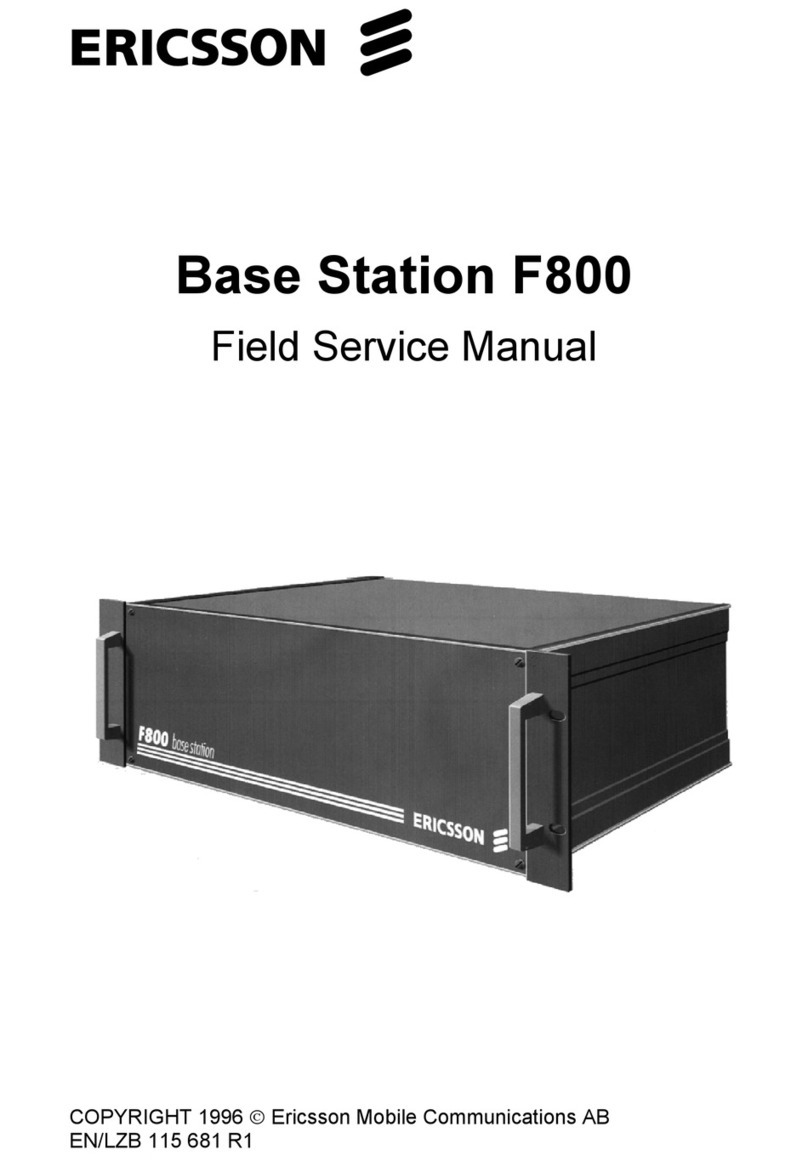
Ericsson
Ericsson Base Station F800 Quick start guide
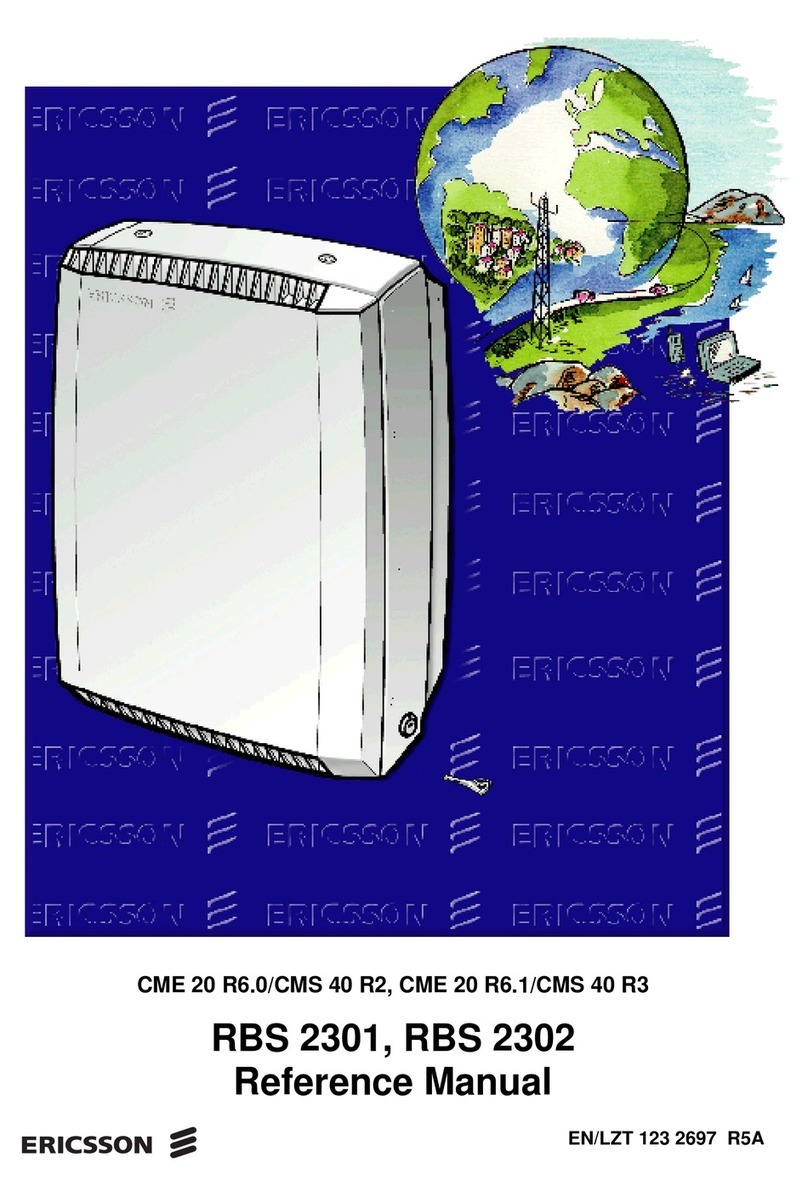
Ericsson
Ericsson CME 20 R6.1 User manual
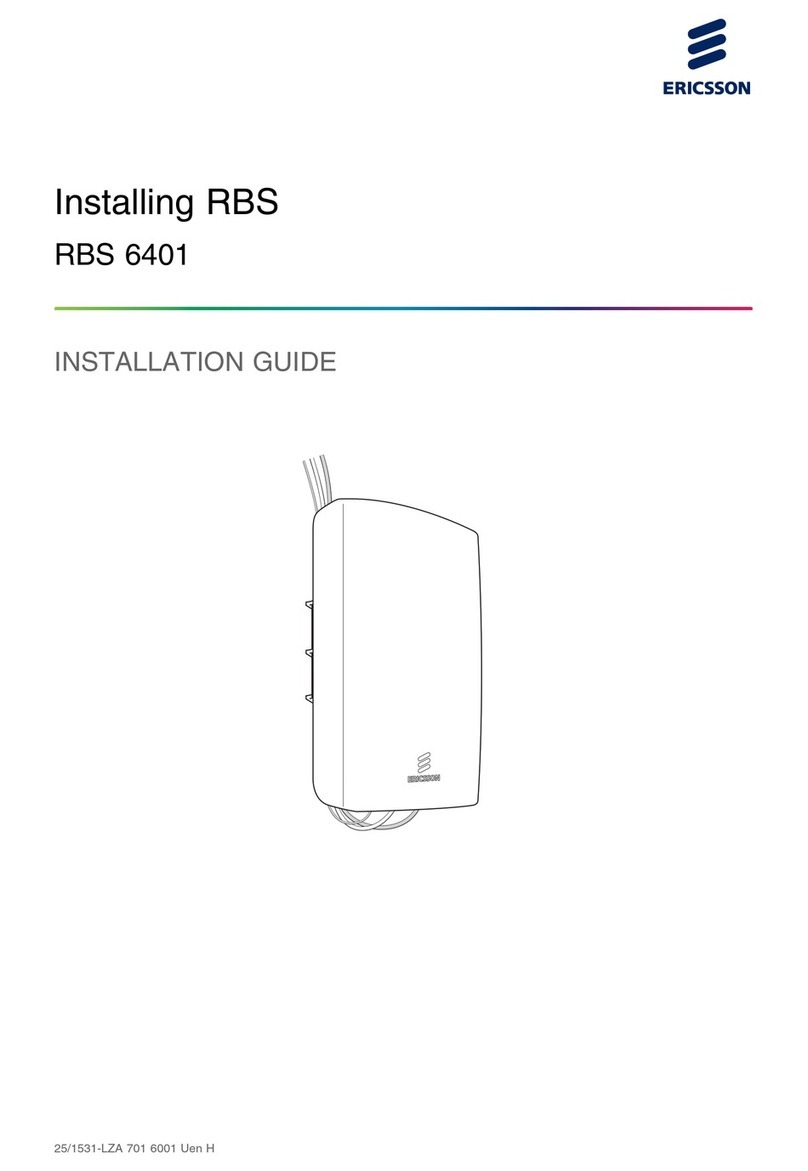
Ericsson
Ericsson RBS 6401 User manual

Ericsson
Ericsson RBS 2308 Technical specifications

Ericsson
Ericsson RBS 6501 User manual
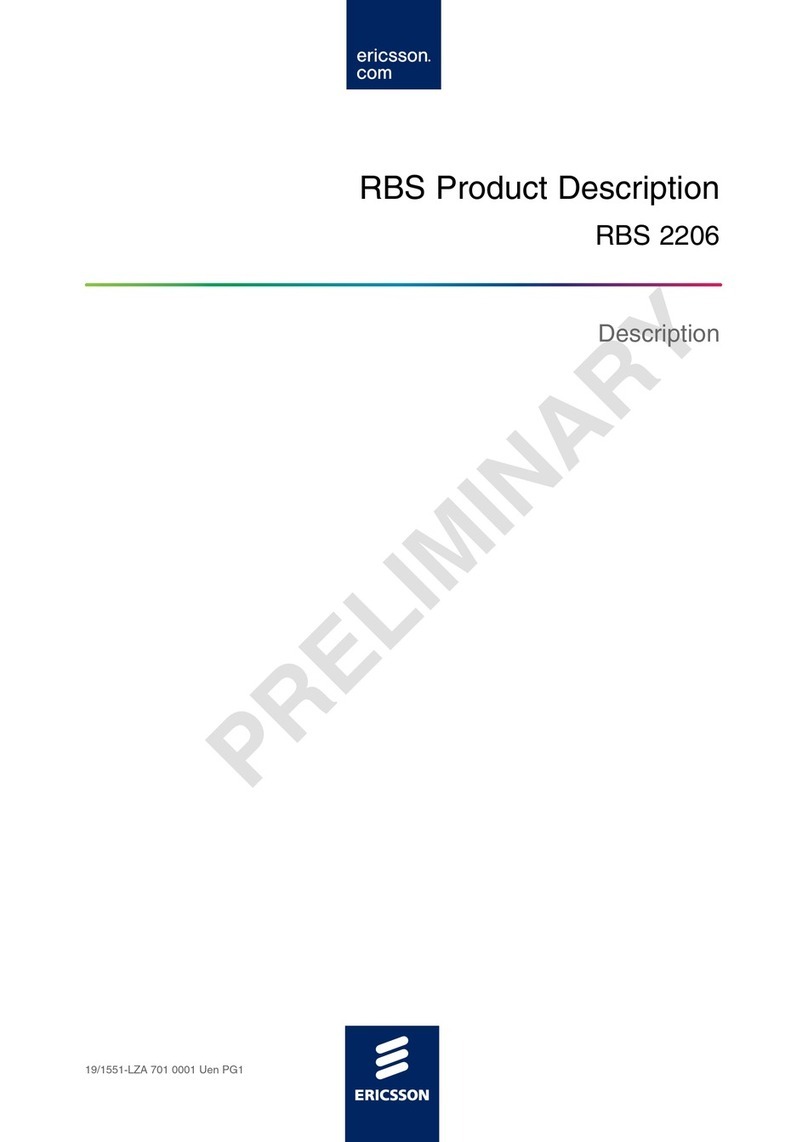
Ericsson
Ericsson RBS 2206 Technical specifications

